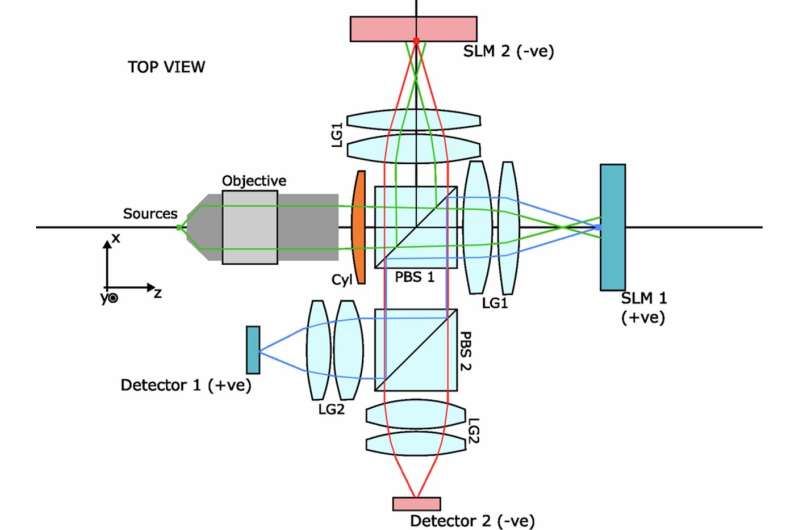Can Microsoft’s analog optical computer be the answer to more energy-efficient AI and optimization tasks?
The constant scaling of AI applications and other digital technologies across industries is beginning to tax the energy grid due to its intensive energy consumption. Digital computing’s energy and latency demands will likely continue to rise, challenging their sustainability.
Unsurprisingly, the reliance on these technologies in our modern world has researchers scrambling to produce more energy-efficient ways to move forward—and Microsoft might be ahead of the game. Microsoft’s researchers, along with a team from Cambridge University, have developed a new analog optical computer (AOC) that has the potential to give AI, as well as combinatorial optimization, a much needed boost in efficiency.
The AOC prototype is described in a recent study by the group that was published in Nature. The group combined analog electronics and microLED arrays, spatial light modulators, and photodetector arrays to accelerate both AI inference and combinatorial optimization on a single platform.
The AOC avoids digital conversions, which waste energy and limit performance, and improves noise robustness using rapid fixed-point search. It harbors the potential to have up to 100 times the energy efficiency of leading GPUs and its novel ability to improve both AI and optimization task efficiency make it a promising solution for many industries.

To test out the applicability of the AOC, the team created a “digital twin,” a software version of the hardware, allowing for model training and large-scale simulation. A series of case studies were conducted, including image classification, nonlinear regression, MRI image reconstruction, and financial transaction settlement.
Results were impressive—the MRI case study showed that the digital twin was capable of reconstructing images with good accuracy and had the ability to reduce imaging time from 30 minutes to only five. The transaction settlement case study also showed impressive accuracy in resolving a complex optimization test case. Overall, there was over a 99% correspondence between the digital twin and hardware for inference tasks.
“Cross-validation with the digital twin, coupled with evaluation on large problems, offers confidence in the hardware’s performance as it scales. Looking ahead, the AOC’s co-design approach—aligning the hardware with the ML and optimization algorithms—could spur a flywheel of future innovations in hardware and algorithms, pivotal for a sustainable future of computing,” the study authors say.
Despite an urgent need for the technology, the AOC’s real-world application might be a way off, as it still needs some fine-tuning. Its current hardware is still small-scale, at 256 weights (or parameters) for inference in the model they built and 4,096 weights are currently possible, with 64 variables for optimization, but the researchers note that addressing practical applications with the AOC will require hardware scalability to hundreds of millions or billions of weights.
They say this is technically achievable as components are getting smaller and smaller and more micro-LEDs can be added to the hardware.
Written for you by our author Krystal Kasal, edited by Lisa Lock, and fact-checked and reviewed by Robert Egan—this article is the result of careful human work. We rely on readers like you to keep independent science journalism alive.
If this reporting matters to you,
please consider a donation (especially monthly).
You’ll get an ad-free account as a thank-you.
More information:
Kirill P. Kalinin et al, Analog optical computer for AI inference and combinatorial optimization, Nature (2025). DOI: 10.1038/s41586-025-09430-z
Microsoft blog: news.microsoft.com/source/feat … ms-shows-ai-promise/
© 2025 Science X Network
Citation:
Can Microsoft’s analog optical computer be the answer to more energy-efficient AI and optimization tasks? (2025, September 8)
retrieved 9 September 2025
from https://techxplore.com/news/2025-09-microsoft-analog-optical-energy-efficient.html
This document is subject to copyright. Apart from any fair dealing for the purpose of private study or research, no
part may be reproduced without the written permission. The content is provided for information purposes only.

Comments are closed